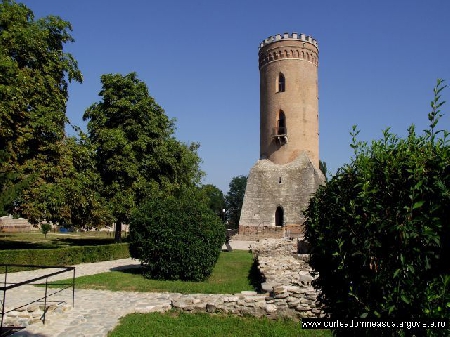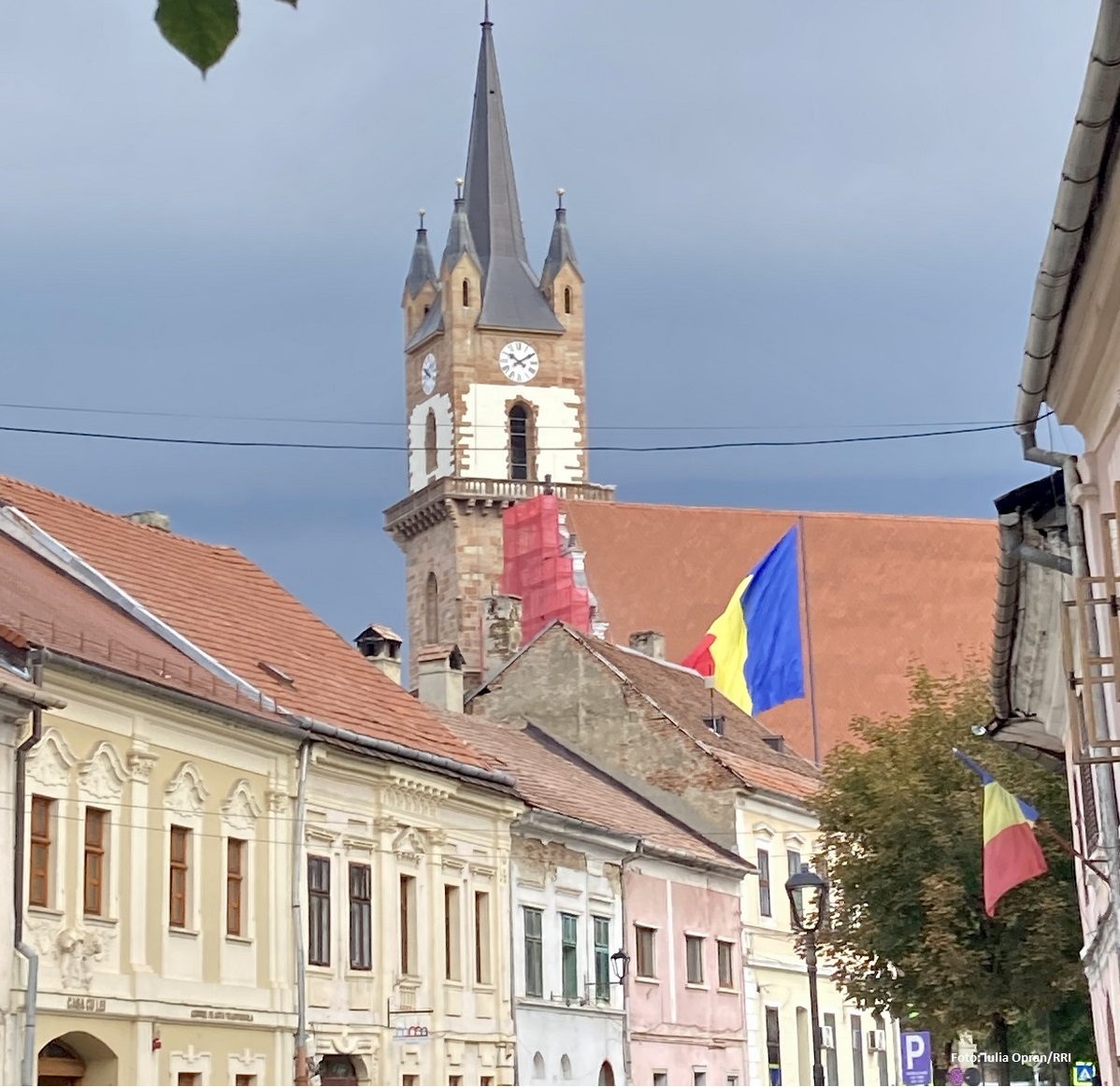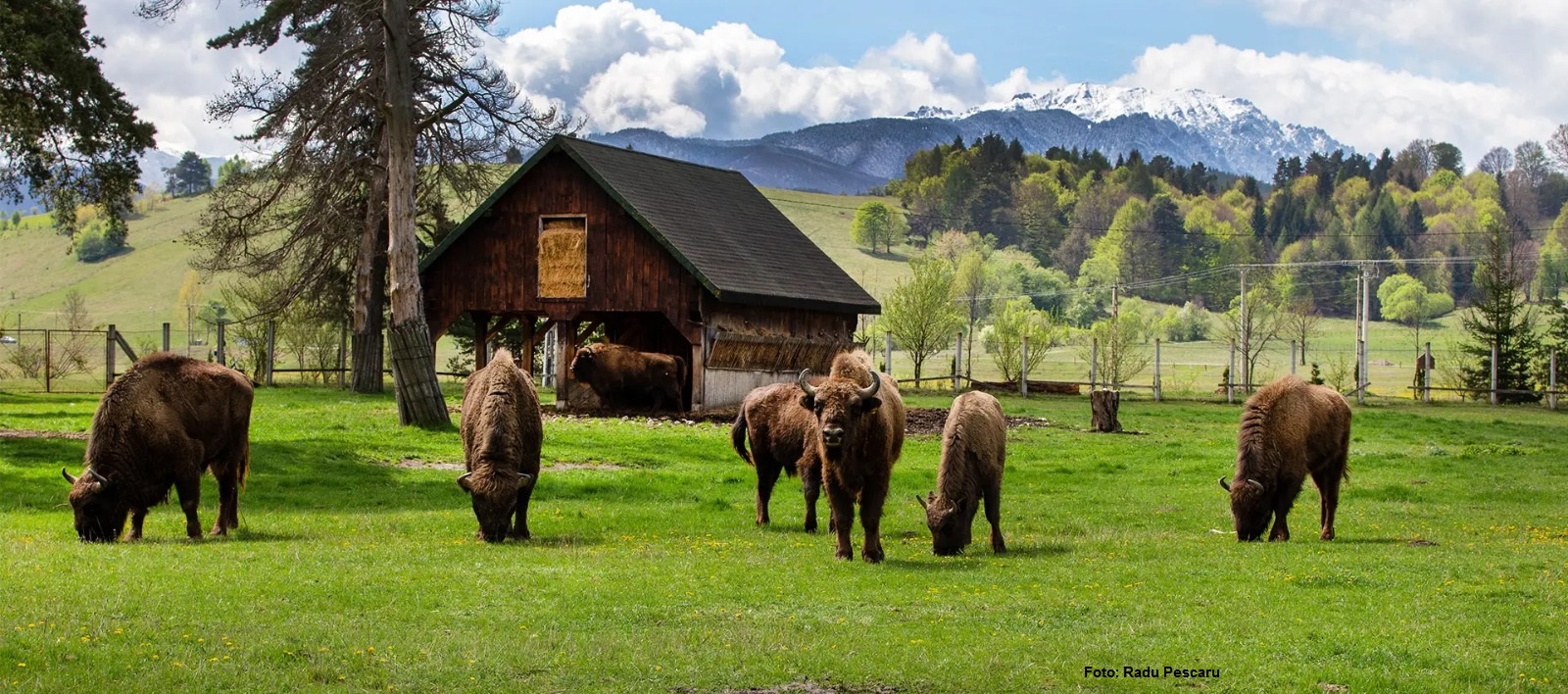Targoviste and its surroundings
We invite you on a trip to Targoviste, a small town in south-central Romania, which was once the Princely Court of the southern historical province of Wallachia, between 1396 and 1714.

Ana-Maria Cononovici, 31.10.2013, 18:08
We invite you on a trip to Targoviste, a small town in south-central Romania, which was once the Princely Court of the southern historical province of Wallachia, between 1396 and 1714.
Ovidiu Carstina, the director of the Princely Court museum compound in Targoviste to review some of the town’s tourist attractions: “The princely court museum compound consists of 14 different museums located in Targoviste or across Dambovita County. The most important site is the princely court, which was recently restored. Within the court’s grounds, visitors can see a lot of Middle Ages monuments, as well as a museum of printing and old Romanian books. This is a unique museum in Romania and the place where the first book in the Romanian-speaking regions was printed. The princely court is also interesting for the many monuments that have been preserved here. For example, the main princely church built in 1698 during the reign of Constantin Brancoveanu is 90% intact. Other highlights are Chindia Tower, a symbol of the town and the county of Dambovita, and the remains of the princely residence, which is a source of some very interesting stories and legends.”
Ovidiu Carstina also told us about other fascinating sites in Targoviste: “I also recommend the Museum of Art, which is very close to the Princely Court. The museum was opened in 2009 and is home to an important collection of art starting from the Middle Age until today. You will find here works by well-known Romanian painters such as Nicolae Grigorescu, Sava Heltia, Nicolae Tonitza and Gheorghe Petrascu. The medieval art collection, with its Brancoveanu-era exhibits, is extremely beautiful and interesting. Another site worth visiting is the History Museum, which hosts many valuable pieces which are unique in this area. The house where the painter Gheorghe Petrascu used to live and work is another must for visitors to the town. Also, an exhibition entitled ‘The Metamorphoses of a Place of Recollection’ has opened recently on the site of the former military base where the communist leaders Nicolae and Elena Ceausescu were tried and executed.”
While in Targoviste, it’s also worth going on a trip outside the town, as its surroundings are equally beautiful. Ovidiu Carstina tells us more: “The county of Dambovita boasts many beautiful museums, many of which have very interesting histories. One such place is the studio and house of Gabriel Popescu. A remarkable etcher, he was the founder of the Romanian etching and engraving school. Another place worth visiting, which lies in the northern part of the county, is the museum of mountain art in Pietrosita, a village which is itself worth a trip. Last but not least, I would like to recommend the Brancoveanu Palace in Potlogi, which is currently being restored and will soon open its doors to the public again. Visitors will be able to see what life used to be like at a medieval court during the time of Constantin Brancoveanu. These cultural and historical sites are complemented by a rich natural heritage, especially in the mountainous part of the county and around the town of Targoviste. Tourists interested in religious sites may visit the Dealu Monastery, where the head of the ruler Michael the Brave is buried, as well as the Archbishopric Museum in Targoviste, which has an outstanding collection.”
Targoviste is also a vibrant town full of restaurants and bistros serving traditional dishes and quality local wines.






























